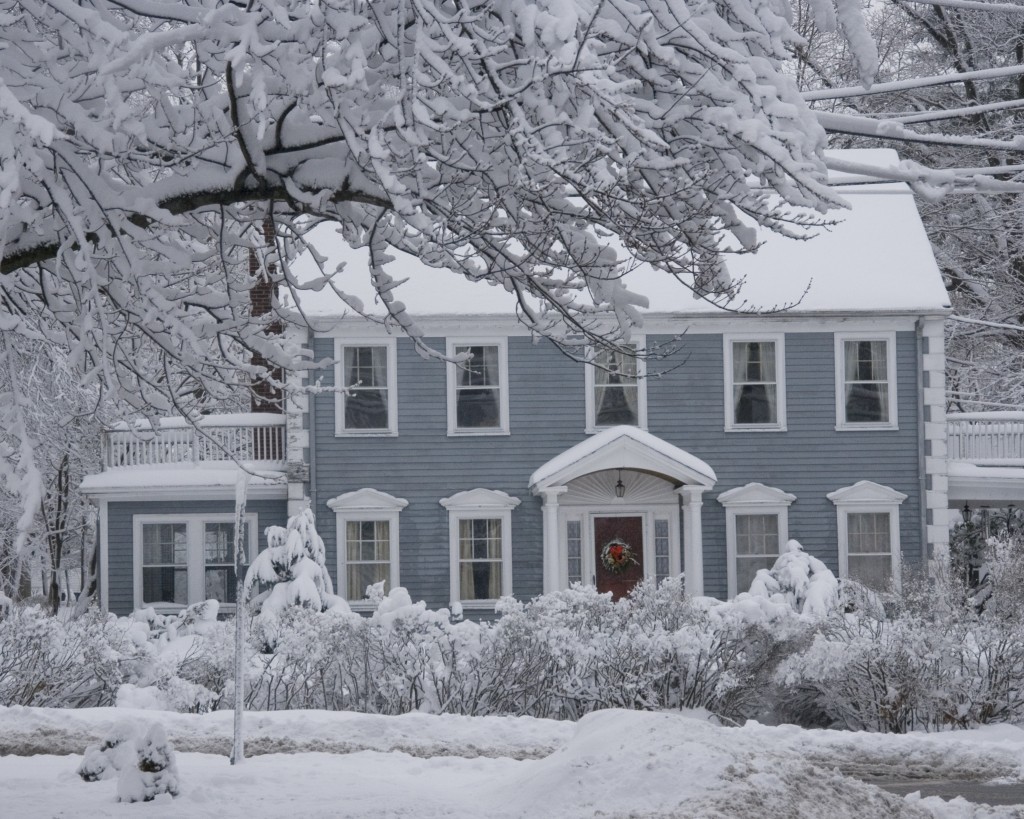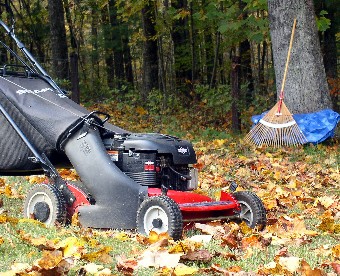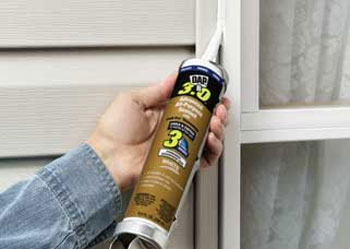 Preventative maintenance is a big part of a home owner’s responsibility, and every year before the winter rolls in, home owners need to follow certain steps to prepare their home for the winter months, and to make sure no major problems are found before the snow hits. This will help the home remain efficient, and also potentially save home owners thousands of dollars in damages should problems arise.
Preventative maintenance is a big part of a home owner’s responsibility, and every year before the winter rolls in, home owners need to follow certain steps to prepare their home for the winter months, and to make sure no major problems are found before the snow hits. This will help the home remain efficient, and also potentially save home owners thousands of dollars in damages should problems arise.
Clean The Gutters
If your gutters are full of debris, water can back up against the house and damage roofing, siding and wood trim.
Prevent Ice Dams
If your home had lots of icicles last winter — or worse, ice dams, which can cause melt water to back up and flow into your house — take steps to prevent potential damage this year. A contractor can identify and fix air leaks and inadequate insulation in your home’s attic that can lead to ice dams.
Divert Water
Add extensions to downspouts so that water runs at least 3 to 4 feet away from the foundation.
Turn Off Exterior Faucets
Un-drained water in pipes can freeze, which will cause pipes to burst as the ice expands. Start by disconnecting all garden hoses and draining the water that remains in faucets. If you don’t have frost-proof faucets (homes more than ten to 15 years old typically do not), turn off the shut-off valve inside your home.
 Mulch Leaves When You Mow
Mulch Leaves When You Mow
Mow your leaves instead of raking. The trick is to cut the leaves, while dry, into dime-sized pieces that will fall among the grass blades, where they will decompose and nourish your lawn over the winter. Use your lawn mower without its bag, and optionally swap the cutting blade for a mulching blade. لعبه كونكر
Don’t Prune Trees or Shrubs Until Late-Winter
You may be tempted to get out the pruning shears after the leaves fall, when you can first see the underlying structure of the plant. But horticulturalists advise waiting to prune until late winter for most plants, when they’ve been long dormant and just before spring growth begins. To get advice specific to your plants and region, consult master gardeners at local nurseries or horticulturalists. One exception: You may need to hire an arborist to remove deadfall or trim limbs close to your home or power lines that could cause problems in a winter storm.
Test Your Sump Pump
Slowly pour several gallons of water into the sump pit to see whether the pump turns on. You should do this every few months, but especially after a long dry season or before a rainy one. For more complete instructions for testing and maintenance, check your owner’s manual. Most sump pumps last about ten years.
Call a Chimney Sweep
Before you burn the Yule log, make sure your fireplace (or any heating appliance burning gas, oil, wood or coal), chimney and vents are clean and in good repair. That will prevent chimney fires and prevent carbon monoxide from creeping into your home.
Avoid The Rush
Don’t wait for the first winter storm to restock cold-weather essentials, such as salt or ice melt. Make sure you have shovels, winter wear at the ready!
 Caulk Around Windows and Doors
Caulk Around Windows and Doors
If the gaps between siding and window or door frames are bigger than the width of a nickel, you need to reapply exterior caulk. (Check the joints in window and door frames, too.) Silicone caulk is best for exterior use because it won’t shrink and it’s impervious to the elements. Check window-glazing putty, too (which seals glass into the window frame). باي بال الكويت Add weather stripping as needed around doors, making sure you cannot see any daylight from inside your home. قرعة اليورو 2022
Tune Up Your Heating System
For about $80 to $120, a technician will inspect your furnace or heat pump to be sure the system is clean and in good repair, and that it can achieve its manufacturer-rated efficiency. The inspection also measures carbon-monoxide leakage.
Reverse Your Ceiling Fans
If your ceiling fan has a reverse switch, use it to run the fan’s blades in a clockwise direction after you turn on your heat. Energy Star says the fan will produce an updraft and push down into the room heated air from the ceiling (remember, hot air rises). This is especially helpful in rooms with high ceilings — and it might even allow you to turn down your thermostat by a degree or two for greater energy savings.
